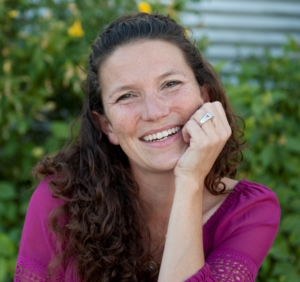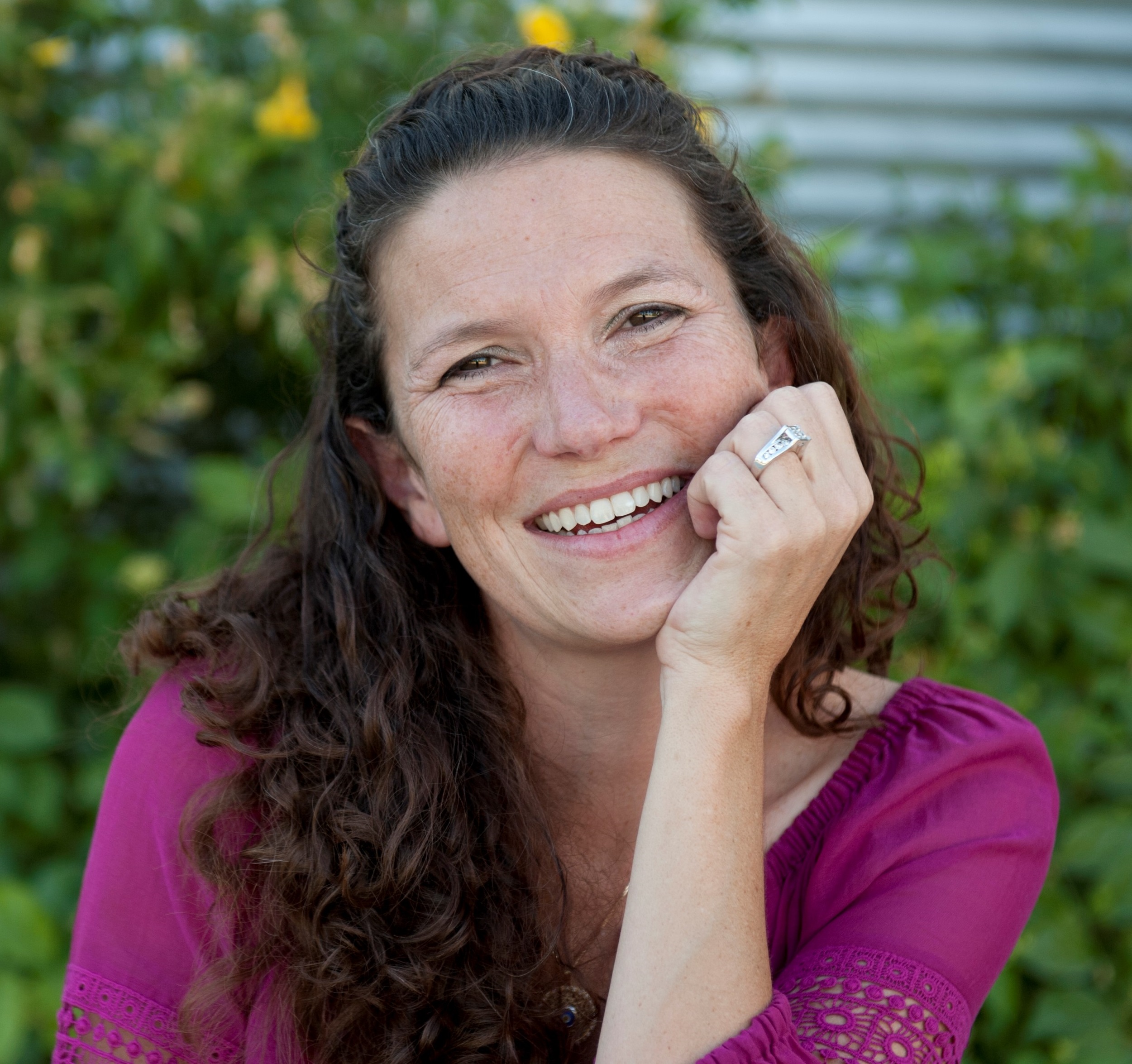Learning Objectives and Why They Matter
Learning Objectives and Why They Matter
In tonight’s guest blog, Caroline Slee-Poulos talks to readers (and students) about learning objectives and why they matter.
Learning Objectives
If you remember more recent school days, you might be able to recall your teachers sharing your objective before each lesson. Depending upon where you are in the world, there might have been additional information provided to you: content standards, a learning map, a group recitation of the objective (this has a bit more from elementary school lessons than later years, of course).
Did any of you understand what you were doing with those objectives?
It really is a standard of best teaching practices to share the objective/s with students before a class begins. A learning objective is meant to tell a student what they should be able to DO or what they will KNOW at the end of the class. In other words, those learning objectives point you towards concrete actions and specific knowledge that will come from what you are studying. As a student, you should always know where you are going. The simple act of sharing those learning objectives can help you to focus on the subject at hand, and measure the course against those objectives.
How do you know you have mastered the content if you don’t know what mastery in the subject area actually is? As in so many aspects of life, communication is key.
Learning objectives should always be clear, specific, and focus the teaching and learning that will take place during the class.
Look back on your own education. Did you know what you were supposed to know and be able to do at the end of every class? Did your teachers share your learning objectives at the outset of every lesson? Importantly, did the class help you to achieve those objectives?
Learning should be intentional, and the way you are taught should be equally intentional. Whether you are in an online course or a face-to-face program, it is a joint effort taking place between the teacher and the student.


